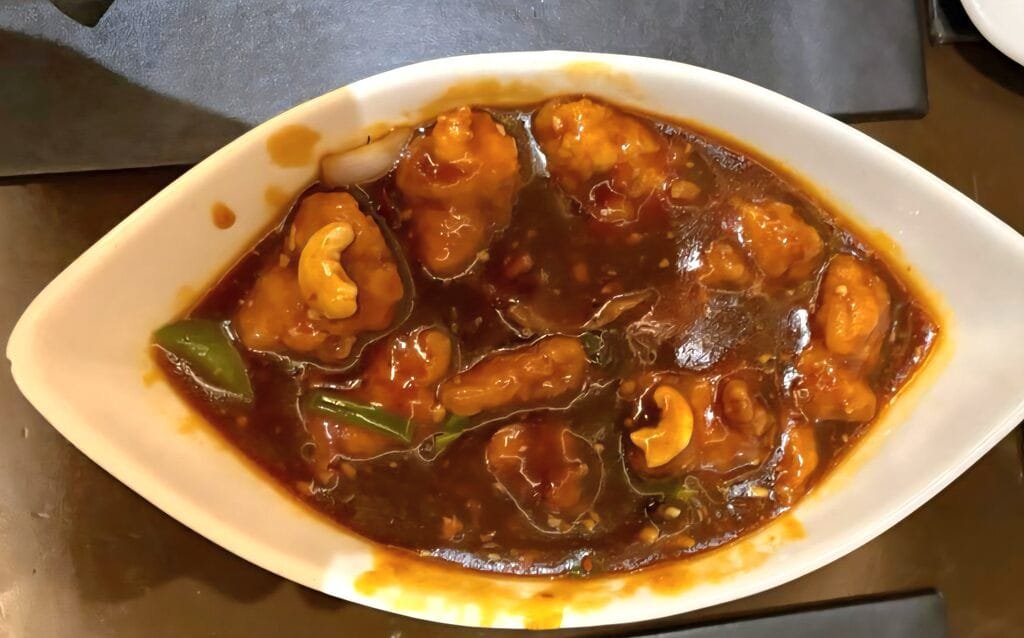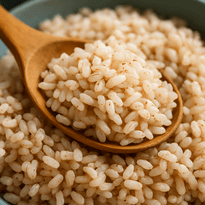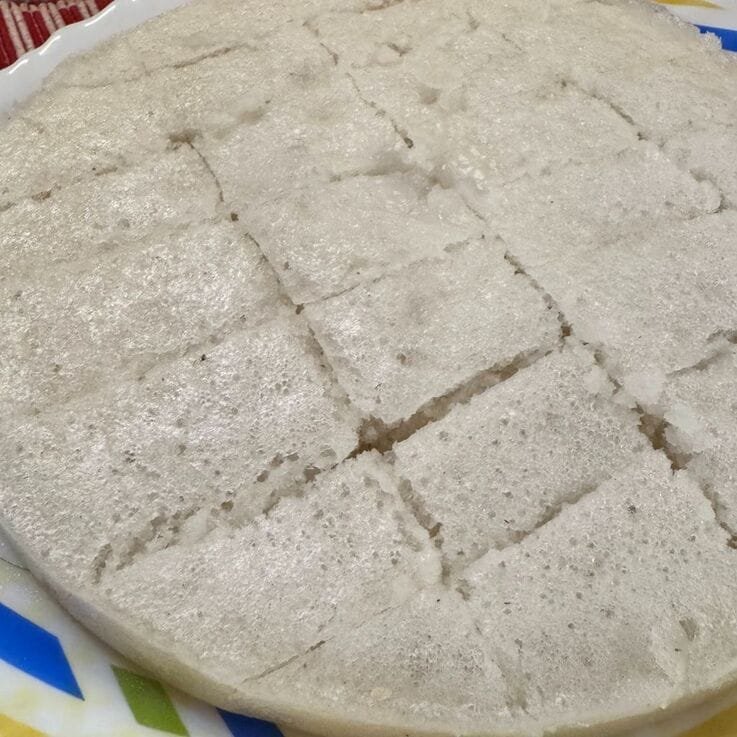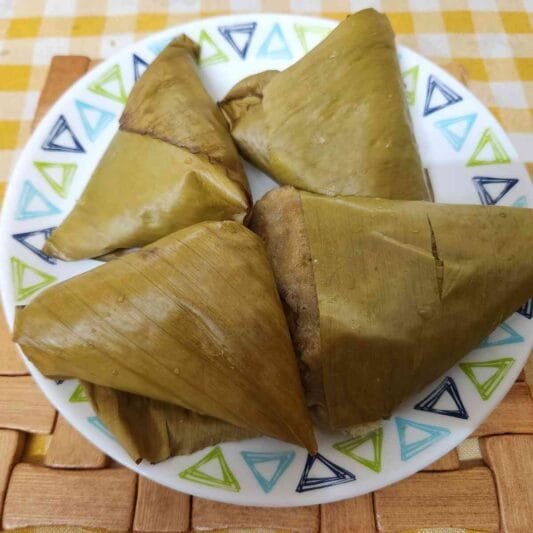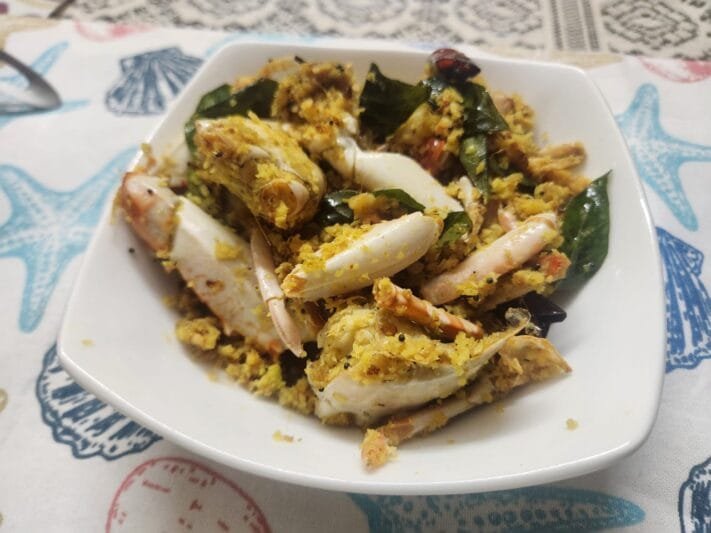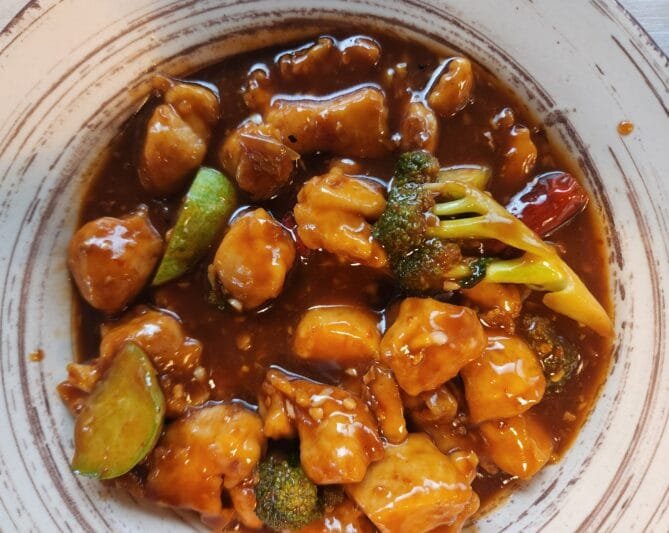Fish fry is a beloved culinary delight enjoyed across the globe. Known for its crispy exterior and tender, flavorful interior, fish fry is a versatile dish that can serve as a main course, appetizer, or snack. It’s simple yet satisfying, and today we’ll explore its origins, the types of fish used, preparation methods, cultural variations, nutritional benefits, and tips for making the perfect fish fry.
Origins and Cultural Significance
The tradition of frying fish dates back centuries and spans many cultures, each adding its unique touch to the dish:
Ancient Practices:
Frying fish has been a popular cooking method since ancient civilizations like the Romans and Egyptians. These cultures used oil not only to fry fish but also for preservation and to enhance its flavor.
Medieval Europe:
In medieval Europe, especially in England and France, the art of frying fish became widespread due to the availability of oil and the growing demand for quick, tasty meals. This led to the creation of various fish fry recipes still enjoyed today.
American Influence:
Fish fry traditions were carried to America by European immigrants, particularly in the Midwest and Southern regions. These communities embraced the tradition, turning fish fry events into festive social gatherings.
Asian and African Traditions:
In many parts of Asia and Africa, fish fry is an everyday dish. Local spices and cooking techniques influence the flavor, making it a staple in these regions’ culinary traditions.
Preparation Methods
To make the perfect fish fry, several key steps are involved. Let’s break down the process:
Selecting and Preparing the Fish:
- Freshness: Always choose fresh fish for the best flavor. The fish should have a clean, ocean-like smell with firm flesh.
- Cleaning: If you’re using whole fish, scale, gut, and fillet it as needed. Smaller fish can be fried whole, while larger fish should be cut into fillets or steaks.
- Marinating: Marinate the fish in a mixture of lemon juice, salt, and spices to enhance its flavor and tenderness.
Seasoning and Battering:
- Seasoning: Use a blend of salt, pepper, and spices (such as paprika, garlic powder, or cayenne) to season the fish.
- Batter Types:
- Dry Coating: Dredge the fish in seasoned flour or cornmeal for a light, crispy exterior.
- Wet Batter: Combine flour, water (or beer), and seasonings for a thicker batter that forms a more substantial crust.
- Egg Wash: Dip the fish in an egg wash before coating with breadcrumbs or a flour-cornmeal mixture.
Frying:
- Oil Selection: Use oils with high smoke points like vegetable, canola, or peanut oil to prevent burning and achieve an even fry.
- Temperature: Heat the oil to 350°F (175°C). Proper oil temperature ensures a crisp exterior and a moist interior.
- Cooking: Fry the fish in batches to avoid overcrowding. Fry until golden brown, typically 3-4 minutes per side, depending on thickness.
- Draining: Use a slotted spoon or tongs to remove the fish and place it on paper towels to absorb excess oil.
Serving:
Serve the fried fish immediately for the best texture. Common accompaniments include lemon wedges, tartar sauce, and various dips. In some cultures, fish fry is paired with coleslaw, fries, or rice.
Nutritional Benefits and Considerations
Fish fry, while delicious, also offers several nutritional benefits when consumed in moderation:
- High in Protein: Fish provides high-quality protein essential for muscle growth and repair.
- Rich in Omega-3 Fatty Acids: Fatty fish like salmon and mackerel are rich in omega-3s, which promote heart health and brain function.
- Vitamins and Minerals: Fish is a good source of vitamins D and B12, as well as minerals like selenium and iodine.
- Caloric Content: Frying adds calories due to oil absorption, so it’s important to be mindful of portion sizes. Opting for healthier oils and draining excess oil can help manage caloric intake.
- Gluten-Free Options: Those with gluten sensitivities can substitute gluten-free flour or cornmeal for the batter.
Tips for Perfect Fish Fry
Creating the perfect fish fry requires attention to detail. Here are some tips to help you achieve the best results:
- Choosing the Right Fish: Select fresh, firm-fleshed fish. Avoid fish with a strong odor or slimy texture.
- Batter Consistency: The batter should be smooth and coat the fish evenly. A batter that’s too thick will be doughy, while one that’s too thin will fail to stick.
- Oil Temperature: Maintain a consistent oil temperature of around 350°F (175°C) to achieve a crispy exterior without undercooking the fish inside.
- Avoid Overcrowding: Fry the fish in small batches to keep the oil temperature consistent and ensure even cooking.
- Draining: Let the fried fish rest on paper towels or a wire rack to drain excess oil, helping to maintain its crispiness.
- Seasoning: Season both the fish and the batter well to enhance the natural flavors.
- Freshness: Serve the fish fry immediately to enjoy its crisp texture. Reheating may result in sogginess.
- Pairing: Complement the fried fish with fresh or tangy accompaniments like lemon wedges, tartar sauce, or a simple salad to balance the richness.
Fish Fry Recipe: Easy and Tasty
Fish fry is one of the simplest and most delicious fish dishes. It can be served as a starter or paired with rice and salads for a complete meal. Here’s an easy recipe that even bachelors can prepare with minimal effort.
Ingredients:
- Fish pieces – 6 to 8
- Kashmiri chili powder – 1 teaspoon
- Chili powder – 1/2 teaspoon
- Turmeric powder – 1/4 teaspoon
- Pepper powder – 1/2 teaspoon
- Ginger-garlic-shallot paste – 2 teaspoons
- Corn flour – 2 teaspoons
- Lemon syrup – 1/2 teaspoon
- Salt – to taste
- Oil – for frying
Method of Preparation:
- Prepare the Marinade: Mix together all the ingredients, excluding the fish, to create a marinade. Adjust the salt according to your taste.
- Marinate the Fish: Coat the fish pieces with the marinade and set aside for 20 minutes.
- Fry the Fish: Heat oil in a pan. Once the oil is hot, add the marinated fish pieces.
- Fry until both sides are golden and crispy.
- Garnish: Garnish with curry leaves, celery leaves, carrots, or onions, as desired.
- Serve Hot: Serve the fish fry immediately, accompanied by your favorite sides or a refreshing salad.
Fish fry is a simple yet versatile dish enjoyed across the world. From its ancient roots to modern-day adaptations, fish fry has evolved into a dish with global appeal. By following the preparation techniques and tips shared above, you can make the perfect fish fry at home. Whether it’s for a casual dinner or a special gathering, this crispy and flavorful treat will surely be a hit!

